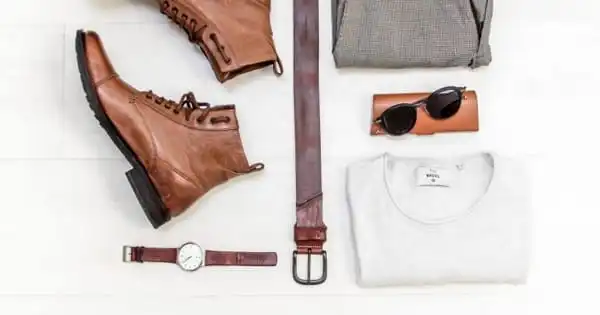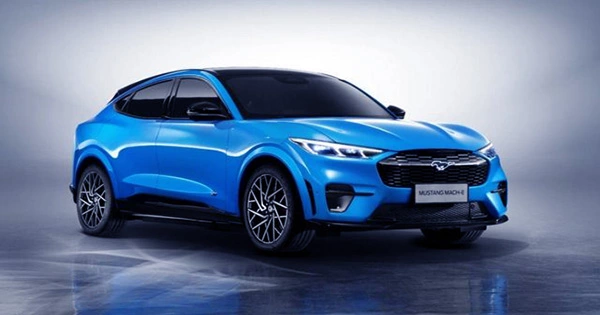Product bundling is a marketing strategy in which multiple products are bundled together and marketed as a single unit for a single price. This method is used to persuade customers to purchase additional products. Product bundles include McDonald’s Happy Meals. Instead of selling a burger, Coke, and french fries separately, they are sold as a package, which results in higher sales than selling them individually.
Product bundling refers to the sale of several individual items or services as a combined package at a cheaper price than if they were offered separately. Product bundles include value meals at restaurants, beach kits, and shampoo and conditioner sets.
There are several different bundling techniques which are used to group products:
- Pure bundles
- New product bundles
- Mix-and-match bundles
- Cross-sell bundles
- Gifting bundles
- Inventory clearance bundles
- Buy-one-get-one bundles
(a) Pure bundles
In pure bundling, the individual products that comprise the bundle can only be purchased as a bundle and not as individual products. This strategy restricts the options available to the user. HelloFresh, for example, is a successful pure bundling company. It combines the ingredients that its consumers require to prepare a healthy dinner. They provide meal alternatives based on the number of people and recipes required by the client each week, but they do not allow you to select the components as individual products that can be purchased independently.
(b) New product bundling
As a promotion, newly-launched products are paired alongside existing or popular products in this strategy to assist shoppers discover your current offering. This strategy is used by ecommerce retailers to get attention for new products by combining them with well-known merchandise. The more well-received the old product is in the market, the closer the customer is to purchasing the new product.
As an example: The Nintendo Switch + Legend of Zelda product combination is one of Nintendo’s best-selling bundles. In this bundle, Nintendo launched brand new titles that were packaged together with their existing best-selling products. This bundle offers an unique Zelda carrying case which is available with this bundle exclusively and two brand new games (Breath of the wild and Super Mario Kart) along with the accessories for gaming.
(c) Mix-and-match bundles
The mix-and-match packaging strategy gives the buyer the option of selecting from a variety of related products. For fast-moving consumer goods such as perishables or bulk items, this is typically done by brick-and-mortar retailers. You designate a few products for your clients to choose from, and they may then create their own unique bundle from the available alternatives.
This strategy gives the buyer the impression that they have direct control over what they wish to buy, which increases the perceived value of the item. It’s the ideal way to encourage your consumers to buy in bulk without forcing them to buy stuff they don’t want. For example, some retail stores offer a deal where you can match complementary pieces of clothing from an array of choices for a fixed price, such as any shirt along with any pair of trousers for $50.
(d) Cross-sell bundles
Retailers use this bundling approach to sell a complementary product as an add-on to a main product. This type of bundling is effective with lower-priced things, as well as accessories or pieces that go with a more expensive item. For example, if you get an iPhone, you will most likely want to purchase a case as well. As a result, the iPhone and case can be marketed as a package.
(e) Gifting bundles
Gift packages are designed for customers who wish to offer a collection of complementary products to a loved one. This type of package is typically sold during the holidays. Estee Lauder, for example, sells a popular protect-and-hydrate gift box that includes four skincare products that function together.
(f) Inventory clearance bundling
In this bundling strategy, you match a faster-moving item in your inventory with a stationary or slower-moving item in order to free inventory space and cut your inventory holding costs. This strategy includes discounts on your bundles so that buyers who are interested in a top-selling item consider the entire bundle as a bargain and are more likely to buy it. T-WE, a well-known speciality tea merchant, discovered that their tea accessories were selling quicker than their teas (which was unfortunate, because the teas offered a higher profit margin). As a result, they began to bundle their teas with the accessories to make them appear to be a better deal.
(g) Buy-one-get-one bundles
When you buy one primary item, you can get a discount on another supplementary goods or obtain another product for free with this bundling. This is a good strategy for one-time purchases. In the case of electronics, for example, if a customer purchases a hair dryer, they are unlikely to return to purchase the same product. As a result, providing a complementary product, discount, or gift card will encourage your consumers to add more things to their carts at a lower price.
Bundling adds value to your items by adding new features or products to your existing purchase. You can adjust your product offerings to your clients’ preferences in order to fit with their desires.
















